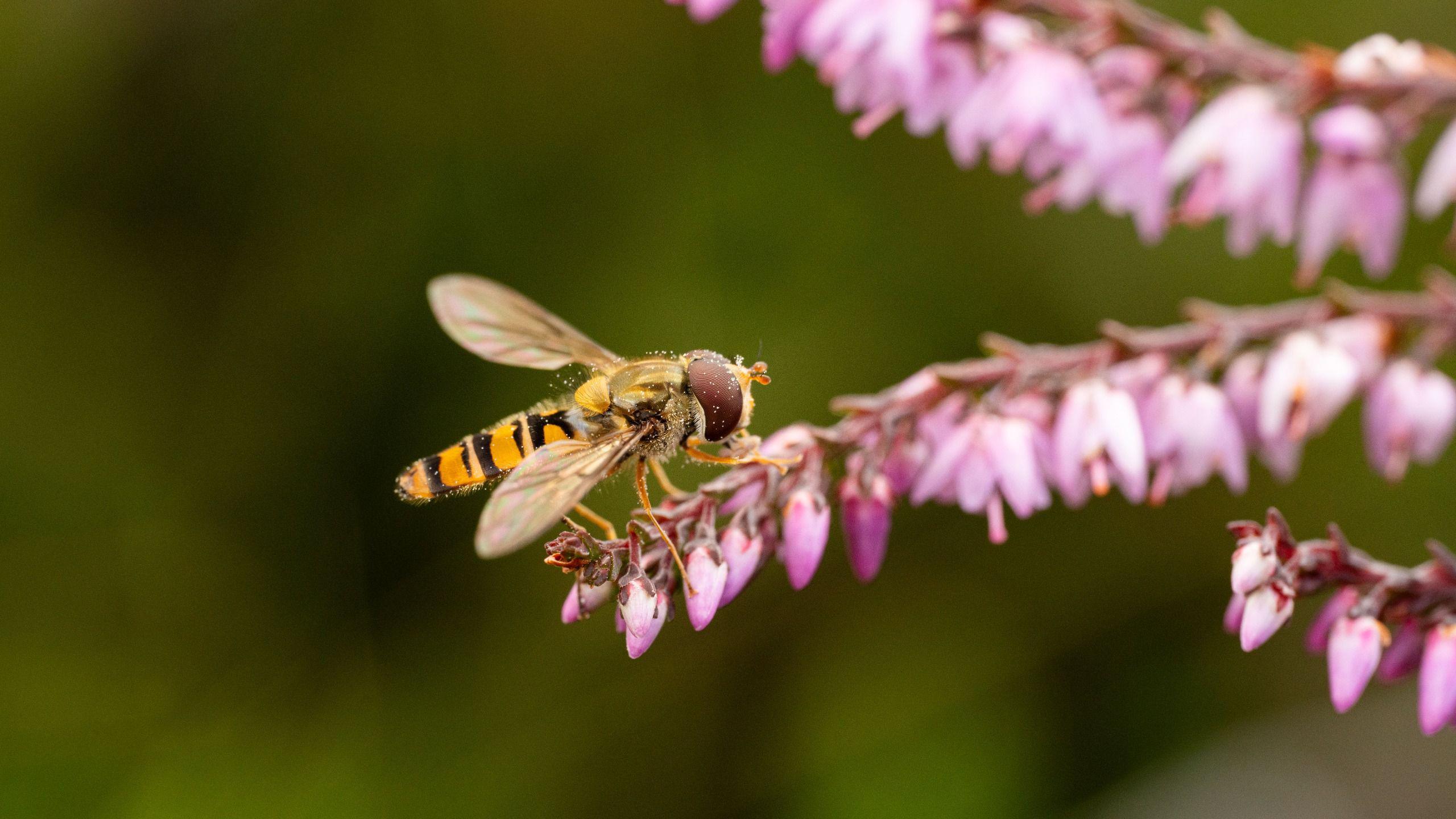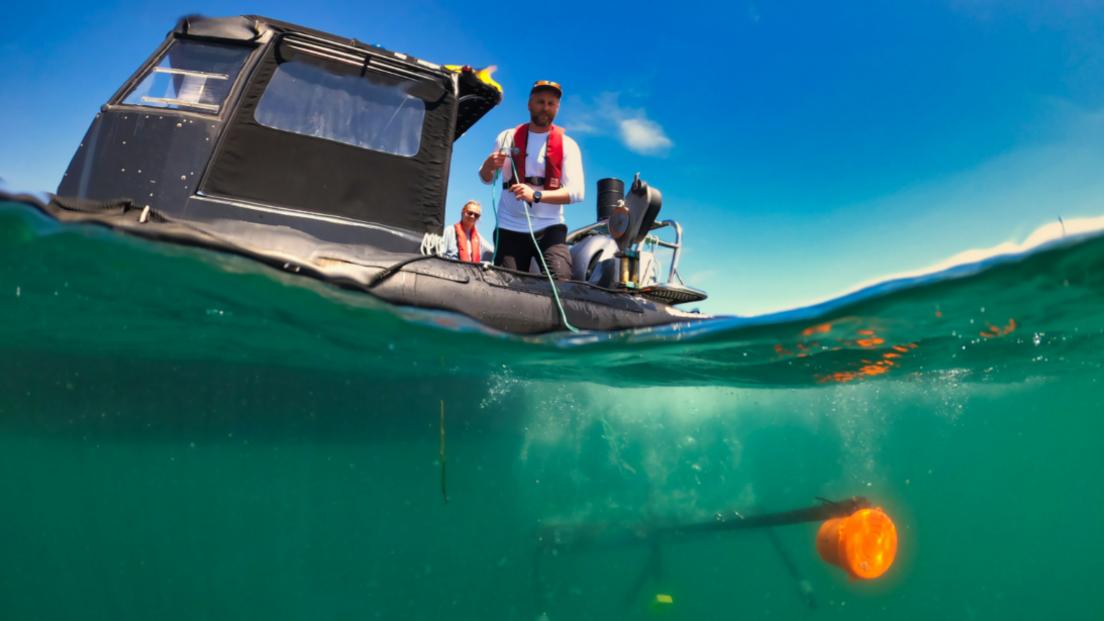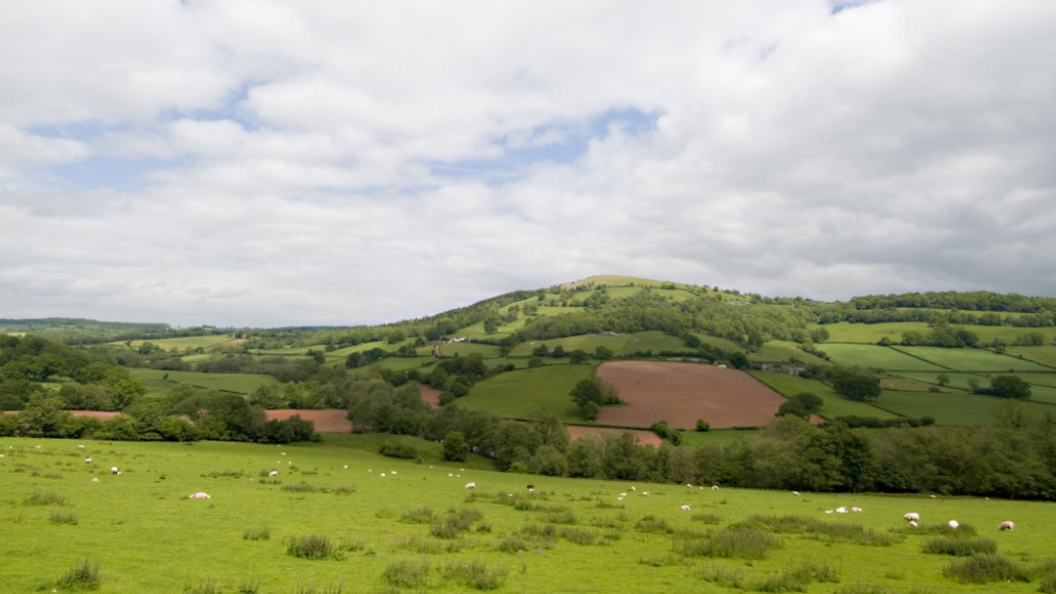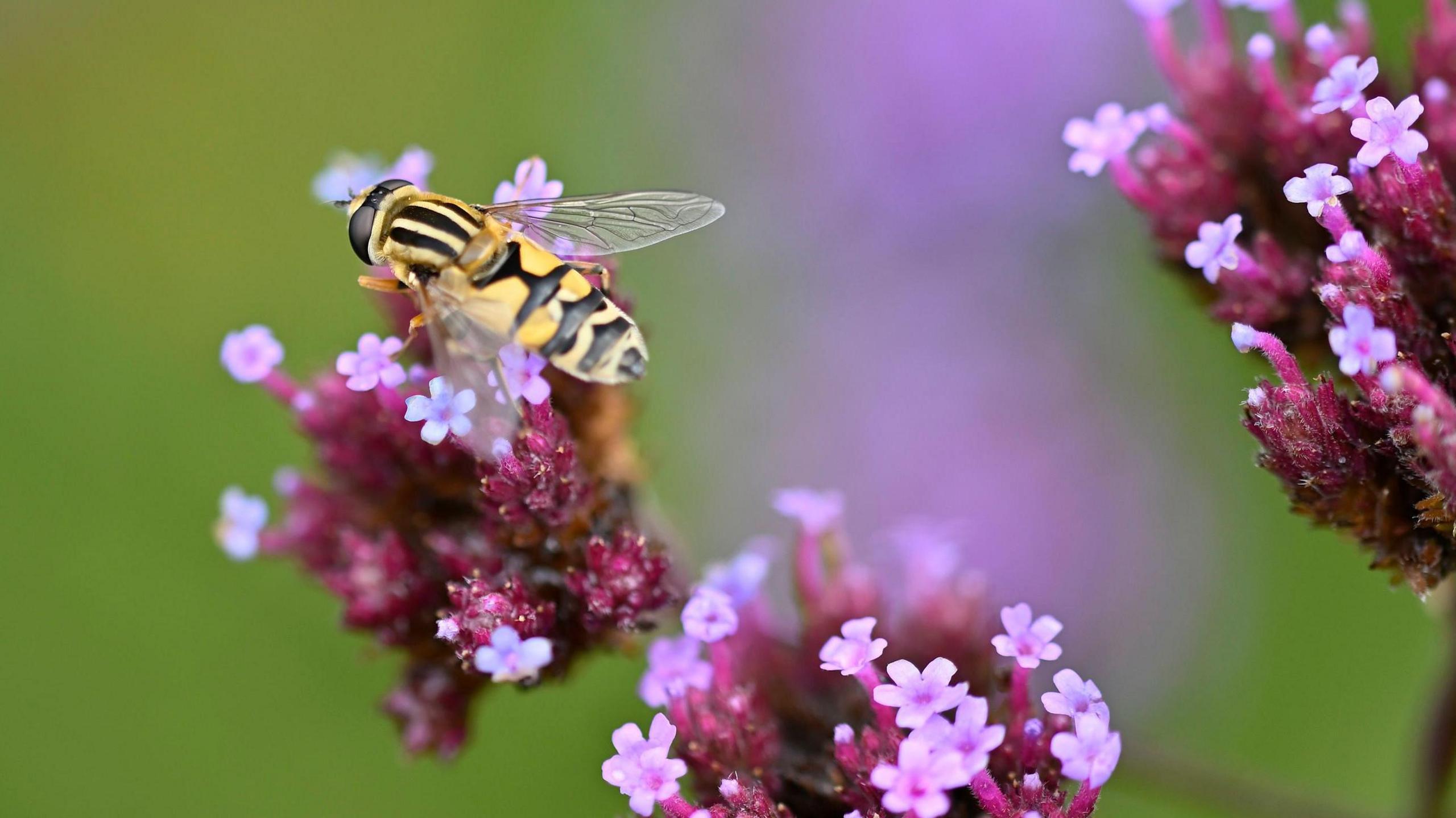Hoverflies 'carry pollen hundreds of kilometres'

The study found that pollen was found on 92% of the hoverflies
- Published
A study into migratory hoverflies on a North Sea oil rig has revealed their role as long-distance pollenators.
University of Exeter researchers studied 121 marmalade hoverflies that landed on the rig in the Britannia oil field, near Scotland.
Pollen was found on 92% of the hoverflies which experts said proved the insects could transport it over long distances.
With no vegetation on the rig and no land nearby, it may potentially link plant populations that are hundreds of kilometres apart.
"By analysing the pollen samples and wind patterns, we estimate that many of the hoverflies had flown from places including the Netherlands, northern Germany and Denmark – over 500km away," said Toby Doyle, from the Centre for Ecology and Conservation on Exeter's Penryn Campus in Cornwall.
"The most common pollen types were common nettle, black elder and meadowsweet – but they also carried pollen from crops including vegetable, legume, cereal, nut and fruit species."
The study was funded by the Royal Society.
Follow BBC Devon on X, external, Facebook, external and Instagram, external. Send your story ideas to spotlight@bbc.co.uk, external.
- Published14 September

- Published16 March

- Published12 March
